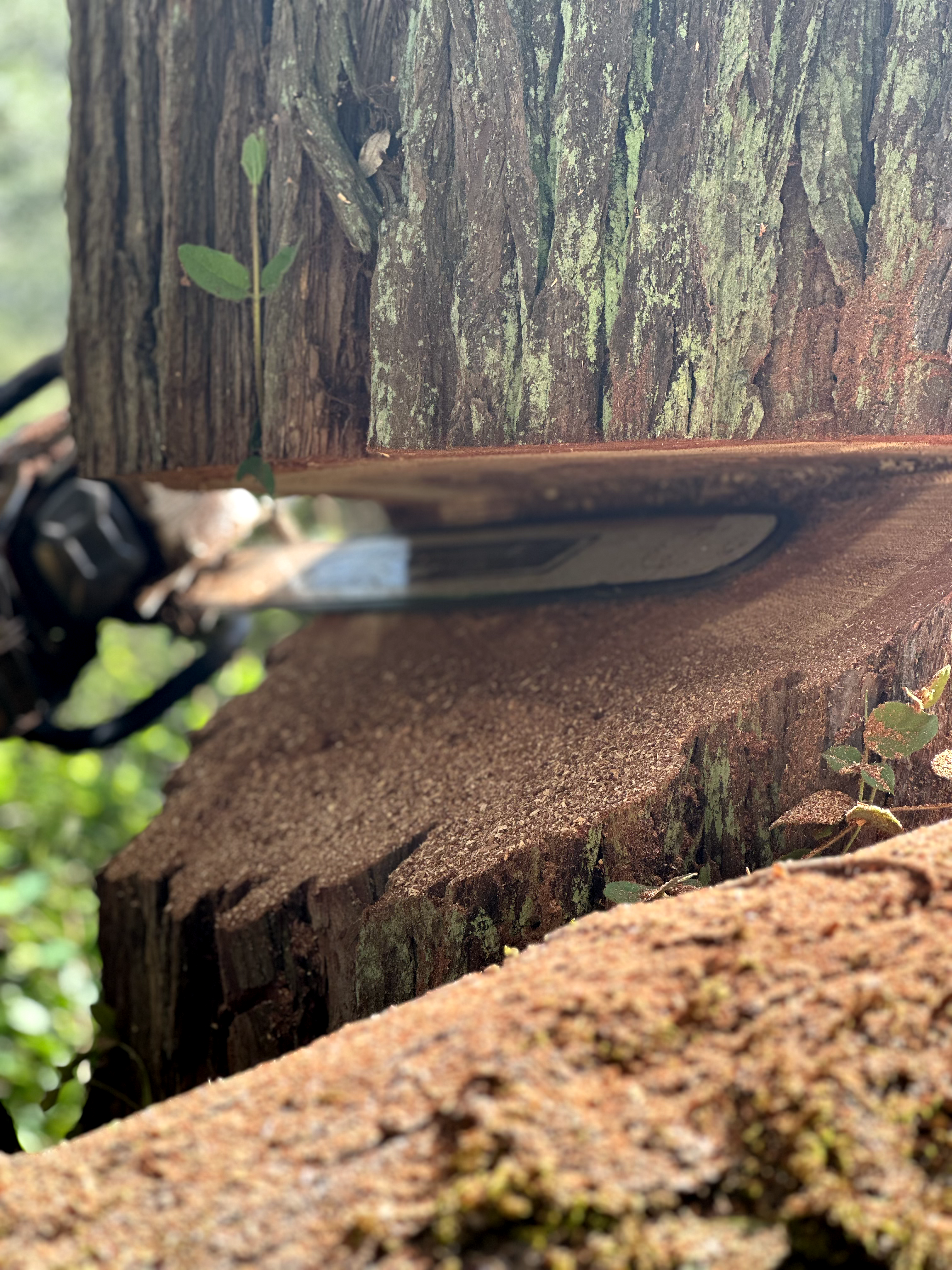
Seasonal Tree Care Tips for a Healthy and Vibrant Yard Aug 29, 2025
Spring represents a time of rejuvenation and growth. During this season, it's crucial to conduct a thorough inspection of your trees. Look for any signs of disease or damage that may have occurred over the winter. Pay special attention to broken branches, as they not only detract from your yard's aesthetic but can also pose safety hazards. Pruning is a vital spring activity, as it encourages new growth and prevents overcrowding. Focus on removing any dead or weak branches and ensure that your cuts are clean to promote healthy healing.
Additionally, spring is an excellent time to fertilize your trees. Providing essential nutrients will support robust new growth. Opt for a slow-release fertilizer to ensure that nutrients are adequately distributed throughout the growing season. This will help your trees establish a strong foundation after the dormancy of winter.
As summer approaches, your trees will face different challenges. High temperatures and intense sunlight demand that you prioritize watering and mulching. Deep watering is essential to encourage deep root growth, helping your trees withstand dry spells. Avoid shallow watering, as it promotes weak root systems that are susceptible to drying out.
Mulching plays a vital role in summer tree care. Apply a layer of organic mulch around the base of your trees to help retain moisture, suppress weeds, and regulate soil temperature. Be careful not to pile mulch too high against the tree trunk, as this can lead to rot and pest infestations.
Moving into autumn, your focus should shift to preparing your trees for the coming winter months. Fall is an ideal time for pruning, particularly before any severe weather sets in. Prune back branches that could potentially cause damage if weighed down by snow or ice. This proactive approach can protect your property and keep your trees in good shape.
Furthermore, autumn is an optimal time to plant new trees. The cooler temperatures and increased rainfall support root establishment, giving your new additions a head start before the onset of winter. Selecting native species not only ensures resilience but also benefits local ecosystems.
Winter tree care focuses on minimizing stress and damage from cold weather. During this season, trees are dormant, which means they require less intervention. However, inspecting your trees for signs of winter injury is crucial. Look for cracked bark or areas where frost has caused damage. You should also keep an eye out for pests that might be sheltering in the bark during the cooler months.
For sensitive or young trees, consider wrapping them in burlap to protect against extreme cold and harsh winds. This simple step can prevent winter dieback and promote survival into the spring.
In conclusion, seasonal tree care is an essential component of maintaining a healthy and vibrant yard. By following these tips, you can proactively support your trees' growth and resilience throughout the year. At Tyco Forest Management, we're here to assist with expert advice and professional services to ensure your trees thrive in every season. Take the time to nurture your trees today, and they will reward you with beauty and health for many years to come.
/filters:no_upscale()/filters:format(webp)/media/a533872a-ad0e-40aa-a36f-a6a597cbd997.jpeg)